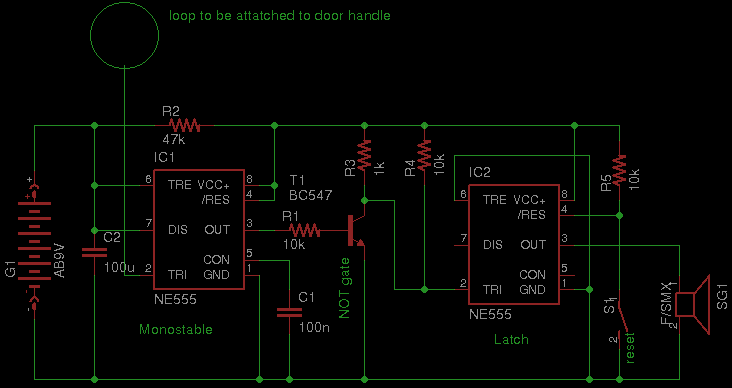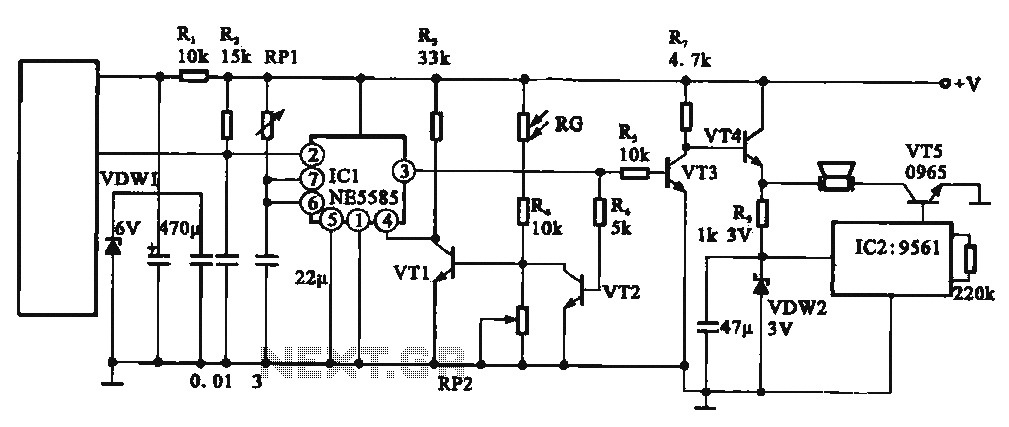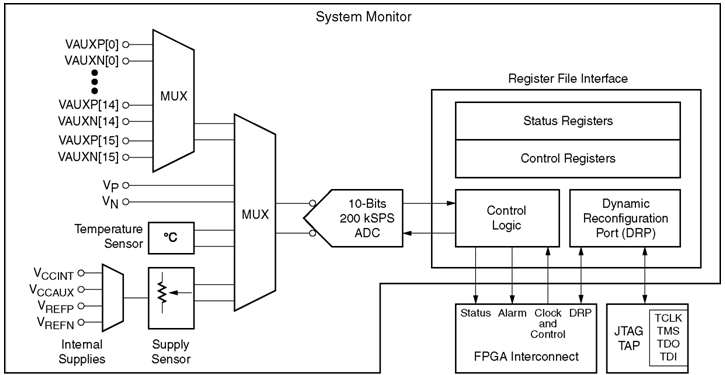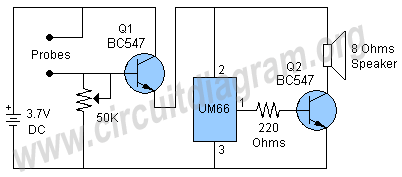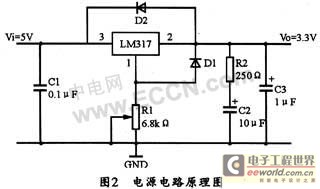
expandable scr based burglar alarm
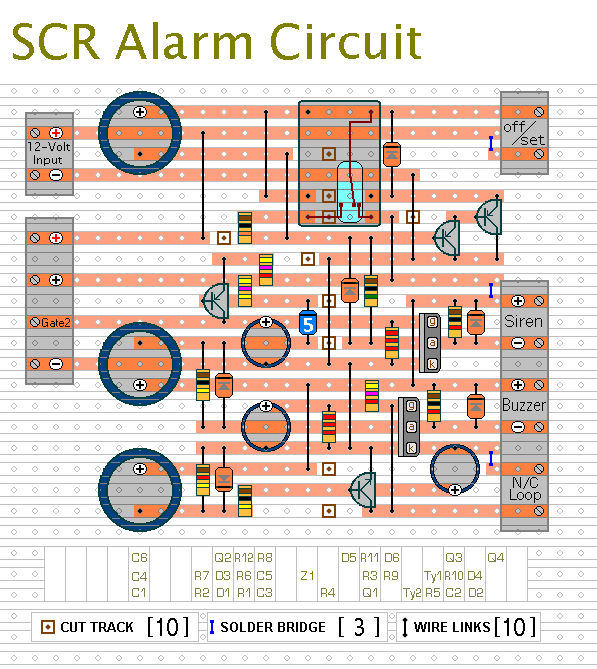
This is a simple SCR-based burglar alarm circuit. Its features include automatic exit and entry delays, along with a timed bell cut-off and reset. The basic alarm has a single zone, which is adequate for many situations. However, the modular design allows for the addition of multiple zones to the system. Details of a four-zone expansion module are provided.
The SCR-based burglar alarm circuit operates using a silicon-controlled rectifier (SCR) as the primary switching element. The circuit is designed to detect unauthorized entry and activate an alarm system. The main components of the circuit include the SCR, resistors, capacitors, and a bell or siren for audio alert.
The automatic exit and entry delays are implemented using a timing circuit, which ensures that users have sufficient time to leave or enter the protected area without triggering the alarm. The timed bell cut-off feature allows the alarm to sound for a predetermined duration before automatically silencing, which helps to prevent false alarms from causing unnecessary disturbances.
The single-zone alarm is suitable for small areas, such as a single room or a small office. However, the modular design of the circuit allows for scalability. By incorporating additional expansion modules, users can increase the number of zones monitored by the alarm system. Each zone can be independently activated and monitored, providing enhanced security coverage.
The four-zone expansion module typically includes additional SCRs, sensors, and associated circuitry to handle the increased number of zones. Each zone can be equipped with its own motion detector or door/window sensor, ensuring comprehensive protection throughout the premises.
When designing the circuit, careful consideration should be given to the placement of sensors and the power supply requirements to ensure reliable operation. The SCR must be rated appropriately to handle the expected load of the alarm system, and the circuit should be protected with fuses or circuit breakers to prevent damage from overcurrent conditions.
Overall, this SCR-based burglar alarm circuit offers a flexible and effective solution for security needs, with the ability to expand as required to accommodate larger areas or additional security zones.This is a simple SCR based burglar alarm circuit. Its features include automatic Exit and Entry delays - together with a timed Bell Cut-off and Reset. The basic alarm has a single zone. This will be adequate in many situations. However - the modular design means that you can add as many zones as you like to the system. Details of a Four-Zone expansion module are provided.. 🔗 External reference
The SCR-based burglar alarm circuit operates using a silicon-controlled rectifier (SCR) as the primary switching element. The circuit is designed to detect unauthorized entry and activate an alarm system. The main components of the circuit include the SCR, resistors, capacitors, and a bell or siren for audio alert.
The automatic exit and entry delays are implemented using a timing circuit, which ensures that users have sufficient time to leave or enter the protected area without triggering the alarm. The timed bell cut-off feature allows the alarm to sound for a predetermined duration before automatically silencing, which helps to prevent false alarms from causing unnecessary disturbances.
The single-zone alarm is suitable for small areas, such as a single room or a small office. However, the modular design of the circuit allows for scalability. By incorporating additional expansion modules, users can increase the number of zones monitored by the alarm system. Each zone can be independently activated and monitored, providing enhanced security coverage.
The four-zone expansion module typically includes additional SCRs, sensors, and associated circuitry to handle the increased number of zones. Each zone can be equipped with its own motion detector or door/window sensor, ensuring comprehensive protection throughout the premises.
When designing the circuit, careful consideration should be given to the placement of sensors and the power supply requirements to ensure reliable operation. The SCR must be rated appropriately to handle the expected load of the alarm system, and the circuit should be protected with fuses or circuit breakers to prevent damage from overcurrent conditions.
Overall, this SCR-based burglar alarm circuit offers a flexible and effective solution for security needs, with the ability to expand as required to accommodate larger areas or additional security zones.This is a simple SCR based burglar alarm circuit. Its features include automatic Exit and Entry delays - together with a timed Bell Cut-off and Reset. The basic alarm has a single zone. This will be adequate in many situations. However - the modular design means that you can add as many zones as you like to the system. Details of a Four-Zone expansion module are provided.. 🔗 External reference
Warning: include(partials/cookie-banner.php): Failed to open stream: Permission denied in /var/www/html/nextgr/view-circuit.php on line 713
Warning: include(): Failed opening 'partials/cookie-banner.php' for inclusion (include_path='.:/usr/share/php') in /var/www/html/nextgr/view-circuit.php on line 713

